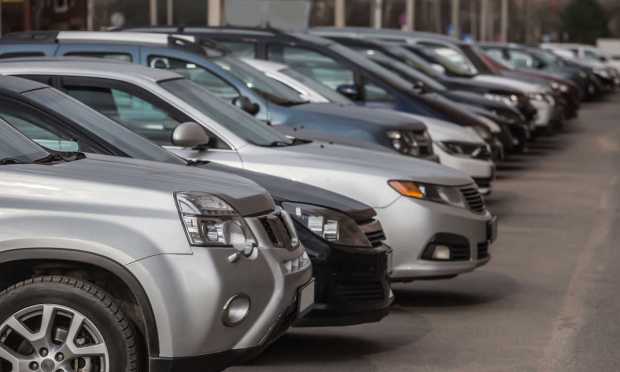Open Lending Looks to Meet Demand for Older Cars

Open Lending is expanding its car financing program to meet a demand for older vehicles.
The Austin-based lending platform, which facilitates car loans, announced Thursday (Feb. 9) that it had increased its allowable age for vehicles from 9 years to 11 years old in an effort to make car ownership accessible for near and non-prime borrowers.
“Although used car prices have begun to recede from all-time highs and record increases, valuations remain inflated,” Chief Revenue Officer Matt Roe said in a news release.
“With our risk mitigation offering, lenders can boost loan originations and seed new borrower relationships — and borrowers, particularly those who are underserved, are able to pursue better lives and careers through car ownership.”
The company says car buyers with credit scores below 640 are fueling a demand for financing for older vehicles, with the average age of vehicles financed by these consumers increasing from 5.4 years to more than 6.4 years between 2020 and 2022.
Late last year, Open Lending said it facilitated 42,186 certified loans during the third quarter of 2022, versus 49,332 certified loans in the third quarter of 2021, a 5.8% decrease.
The company’s revenue was $50.7 million, an almost 14% drop, with management noting on an earnings call that the biggest factor impacting unit growth and originations for the auto retail sector has been affordability.
That trend has continued into this year, with recent reports showing car dealers in the new and used sector worried about a drop in demand.
Meanwhile, recent reports show that the share of United States consumers paying at least $1,000 a month for a vehicle hit a record high of 16% in the fourth quarter of last year, up from 10.5% in the same quarter in 2021 and 6.7% in the fourth quarter of 2020.
That’s according to car shopping guide Edmunds, which said last month that consumers were initially protected from questionable financing decisions by the low interest rates and high trade-in values seen early in the pandemic.
“But as we shifted toward an environment with diminished used car values and rising interest rates over the past few months, consumers have become less insulated from those riskier loan decisions, and we are only seeing the tip of the negative equity iceberg,” Edmunds Director of Insights Ivan Drury said at the time.
The issue has led to innovations such as AutoFi and Santander Consumer USA’s planned debut of a finance-based auto shopping marketplace this spring.
As PYMNTS reported last month, this online, direct-to-consumer (D2C) marketplace will use a soft credit pull and let shoppers focus on cars they can afford.
“The market dynamics of the past 12 months, including rising interest rates, further underscore the importance of these solutions in ensuring consumers are matched with cars and financing they can afford,” AutoFi CEO and Co-founder Kevin Singerman said in a news release.
